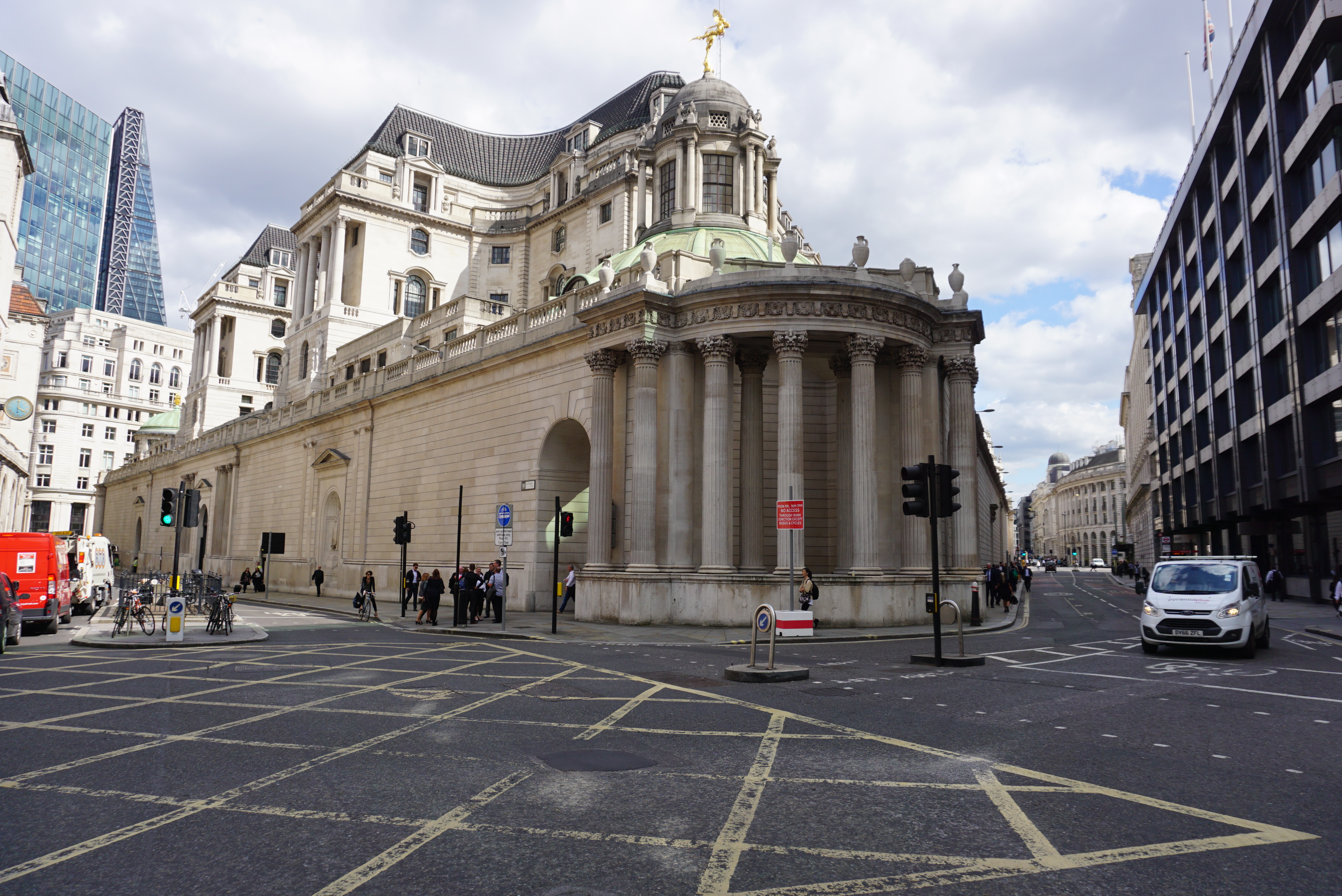
Last week, the Bank of England’s Monetary Policy Committee (MPC) decided to raise the base rate of interest – the rate at which the bank lends money to commercial banks – from 0.5% to 0.75%. The Bank of England has a government-set remit to change the base rate in order to keep inflation within 2% per year. Given that inflation is currently running at 2.3%, down from 3% earlier this year, many saw this rate rise coming.
The idea behind using interest rates to control inflation is that demand in the economy is cyclical, following predictable upswings and downturns. When businesses are confident about the future, they are likely to take on more workers to meet expected future demand. Rising employment makes consumers more optimistic about the future, leading them to spend more. Greater spending means greater demand for businesses’ output, causing businesses to invest more. Wage increases and higher spending levels also push up inflation. The upswing eventually reaches a peak at which business and consumer confidence turns, leading to a downturn that mirrors the upswing in duration and severity.
Changing interest rates can mute both the upswing and the downturn by changing incentives to spend and invest. If it’s more expensive for consumers and businesses to borrow, and they get a higher return for saving, people will spend and businesses invest less. This means that businesses are less likely to take on more workers and increase wages. Falls in spending and wages take some of the steam out of the economy, reducing inflation.
The Bank of England has said a rate rise is merited because of upward pressure on wages, which is driving up inflation. But we are currently experiencing the longest period of wage stagnation since the 1860s. Productivity is also flat. Business investment in the UK is lower than any other G7 economy, and business confidence is falling. Consumers have also slowed their spending in the second quarter of this year as they grow more pessimistic about the future of the UK economy post-Brexit.
Rather than ‘demand-pull’ inflation, driven by higher spending and wages, we are experiencing ‘cost-push’ inflation, driven by increases in the cost of inputs not driven by demand factors. The reason costs are rising is that the UK is a highly import-dependent economy, and the uncertainty associated with the Brexit referendum has led to a fall in the value of our currency. This means that it takes more sterling to buy the same amount of imports, pushing up inflation. Cost-push inflation also marked the 1970s when the creation of the Organization of the Petroleum Exporting Countries (OPEC) led to an increase in the price of oil – the resulting high inflation accompanied by high unemployment was termed ‘stagflation’.
Interest rate rises aren’t effective against stagflation. Increasing the cost of borrowing isn’t going to reduce the cost pressure associated with the increase in the value of sterling. Instead, it will drive up the cost of borrowing for already-indebted consumers. With wage stagnation preventing them from paying down the debts they accrued in the credit binge of 1980-2007, consumer debt is currently at 134% disposable incomes – the same as where it was in 2013, and down from 148% disposable incomes in 2008. There are almost 8 million households in the UK that have debts worth at least a third of their annual incomes, and 10 million households are spending more than a quarter of their incomes on debt repayments.
Bank of England governor Mark Carney knows all this. So why has he decided to increase interest rates?
Two answers have been posed to this question. Firstly, it’s argued the Bank of England is raising interest rates so it can cut them when the economic shock of leaving the EU finally lands. This likely has some truth to it, but it is not clear why the MPC thinks the negative impact of a rate rise on the economy now will be offset by the mitigating effect of a rate fall post-Brexit. This may be the equivalent of cutting off a leg now in order to sew it back on again later.
Secondly, it’s been argued the rate rise is intended to reflate the value of sterling. Capital inflows cause currency appreciation, and capital tends to flow into economies offering higher interest rates. A rise in the value of sterling would reduce the cost-push inflation the UK is currently experiencing. So far, the announcement has led to a fall in sterling’s value as investors anticipate the impact the rate rise is likely to have on demand. If this trend isn’t reversed – which it may with future rate increases – then the interest rate increase could fail to address our inflation problem whilst also causing substantial economic damage.
In the absence of high levels of demand from businesses and consumers, and in the context of a large current account deficit, it’s up to the government to step in and fill the gap. A green industrial strategy could both boost demand today and put the UK economy on a more sustainable footing for years to come. Investing in infrastructure, providing cheap credit and subsidies to our exporters, and free workforce training would make a real difference to productivity and wages, as well as making our economy more sustainable and self-sufficient in the long run. This could be paid for through government borrowing – currently cheaper than it’s ever been – or money creation. Either way, our current economic malaise won’t be solved by an increase in interest rates. If anything, the MPC’s move is likely to make this far worse.